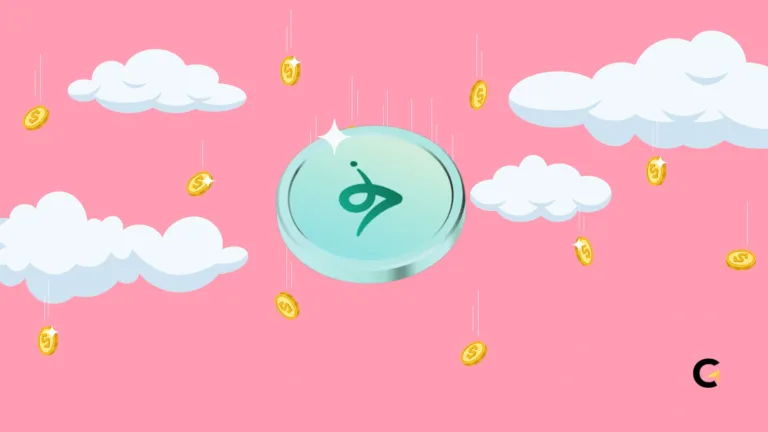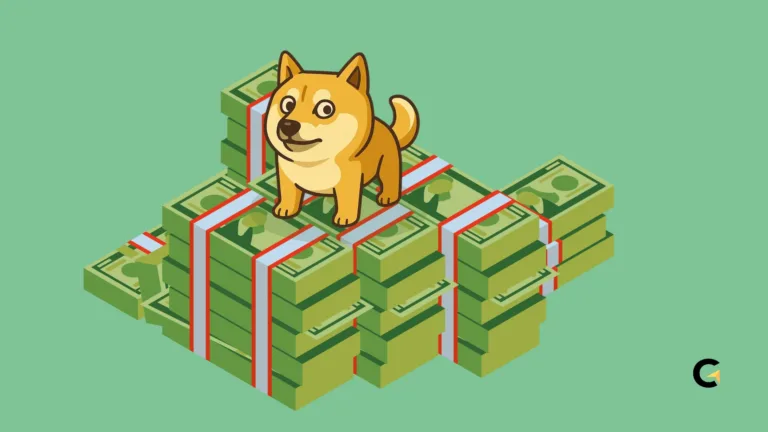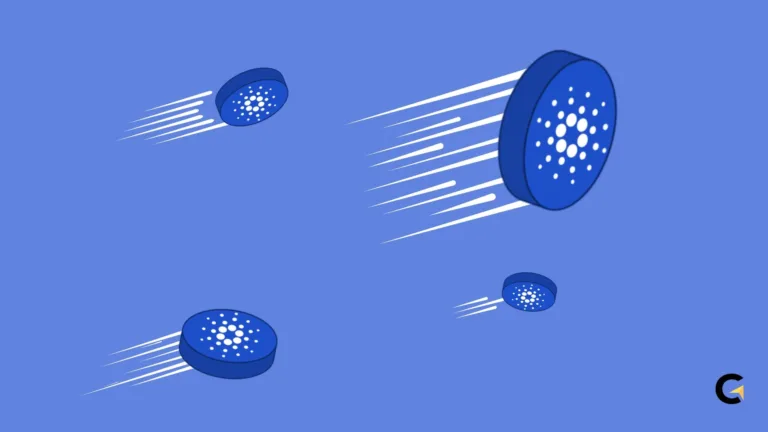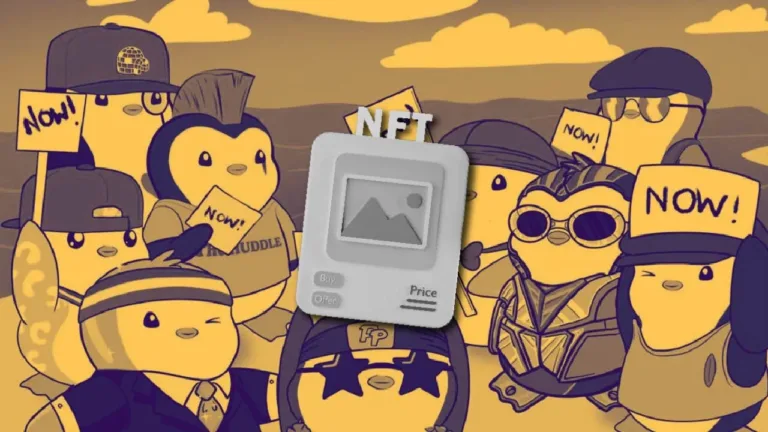Can Uniswap Reach $1000?
Will Uniswap reach $1000? With expert forecasts ranging from $8.01 to $221.66. This would require a staggering $600 billion market cap, dwarfing Ethereum’s current valuation.
If a double digit, such as $10 mark per UNI is realistic, achieving triple digit milestone demands unprecedented DeFi adoption, regulatory breakthroughs, and technological innovation.
This article explores the catalysts, risks, technical signals, and expert predictions to assess whether Uniswap (UNI) can realistically hit $1000.
Key Takeaways:
Hide- SimpleSwap: $600 billion market cap needed for $1000, highly improbable without massive growth. (Source)
- Stealthex: Regulatory clarity and adoption key for exponential growth. (Source)
- CoinCodex: Maximum $37.51 by 2049, skeptical of $1000. (Source)
- Rivalry: $189.59–$221.66 by 2030, far from $1000. (Source)
- Botsfolio: Regulatory scrutiny could derail UNI’s growth. (Source)
Is $1000 Feasible for Uniswap (UNI)?
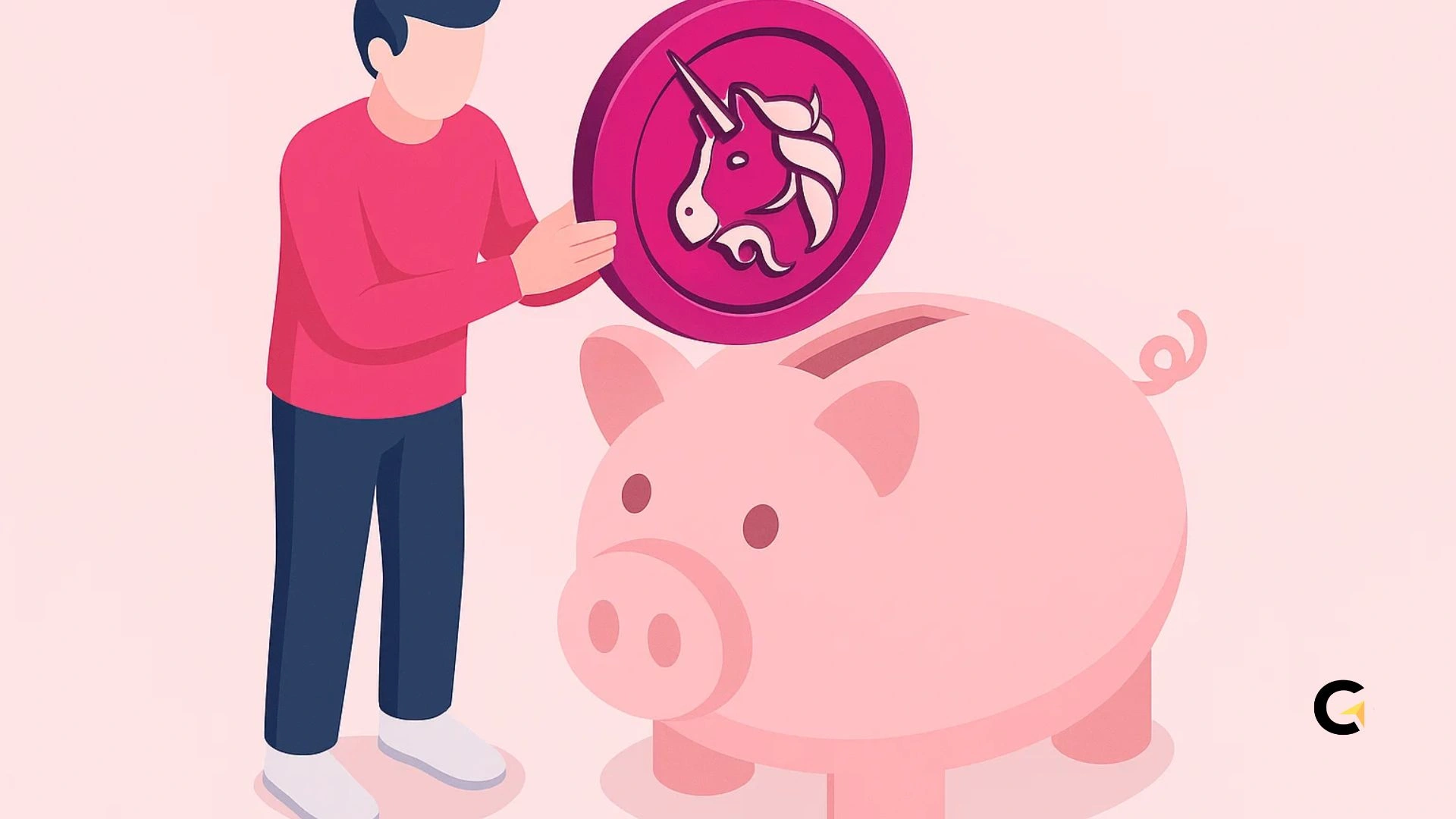
A $1000 UNI price is a speculative long shot, requiring extraordinary conditions. Below, we analyze the market cap realities, potential catalysts, risks, technical indicators, and timelines to evaluate this ambitious target.
Market Cap Challenge
At $1000 per token, UNI’s market cap would hit ~$600 billion (600 million tokens), surpassing Ethereum’s current ~$500 billion and rivaling Bitcoin’s ~$1 trillion.
This demands Uniswap capture massive DEX liquidity and DeFi adoption far beyond its current 67.6% share of Ethereum-based DEX volume.
Scaling to this level requires exponential growth in users and trading volume.
Key Catalysts for a $1000 Surge
Several factors could drive UNI toward $1000:
- Regulatory Support: Clear, DeFi-friendly regulations in the U.S. and EU could unlock billions in institutional capital.
- Technological Breakthroughs: Uniswap v4’s customizable “hooks” and layer-2 solutions like zk-rollups could slash fees and boost adoption.
- Mainstream Adoption: Partnerships with banks or fintech giants and user-friendly interfaces could bring DeFi to the masses.
- Major Partnerships: A deal with a Fortune 500 firm could spotlight Uniswap, driving significant capital inflows.
- Economic Crises: A global banking collapse could push investors toward decentralized alternatives, spiking UNI demand.
These catalysts, if aligned, make $1000 theoretically possible but highly challenging.
Obstacles to Overcome
Significant barriers could derail UNI’s path:
- Regulatory Crackdowns: Bans or strict DeFi regulations could limit access to key markets like the U.S. and EU.
- Competition: Rivals like SushiSwap, Curve, or centralized exchanges could erode Uniswap’s market share with better features or lower fees.
- Security Risks: Smart contract exploits or hacks could shatter user trust and trigger sell-offs.
- Market Volatility: A crypto bear market could push UNI below $10, making $1000 a distant goal.
- Scalability Issues: Ethereum’s high gas fees or network congestion could hinder Uniswap’s growth unless layer-2 solutions deliver.
Overcoming these requires flawless execution and robust risk management.
Technical Outlook: Bearish Signals
As of June 2025, UNI trades below its 200-day moving average, signaling a bearish trend, even some experts keep optimistic with UNI by 2025.
However, the RSI (~50) shows no strong momentum, and the MACD lacks a bullish crossover.
A sustained golden cross (50-day EMA above 200-day EMA) with rising volume could indicate a rally, but current technicals don’t support a near-term surge toward $1000.
A breakout above key resistance levels is needed to shift momentum.
Expert Predictions: Modest Expectations
Analyst forecasts highlight the unlikelihood of $1000:
- Optimistic Views: PricePrediction sees UNI at $189.59–$221.66 by 2030, driven by strong DeFi growth.
- Moderate Forecasts: DigitalCoinPrice projects $29.20–$35.35 in 2025 and $91.80–$101.86 by 2030.
- Bearish Outlooks: CoinCodex estimates a maximum of $37.51 by 2049, and Binance users predict $8.01 within five years.
These projections suggest $1000 is an extreme outlier without paradigm-shifting catalysts.
Timeline and Price Outlook
Reaching $1000 is most conceivable by 2030 or beyond, assuming:
- A prolonged crypto bull market through 2027–2030, led by Bitcoin and Ethereum.
- Uniswap v4 and layer-2 scaling fully implemented by 2026, boosting adoption.
- Regulatory clarity by 2026, enabling institutional inflows.
- Major partnerships or economic crises driving mass DeFi adoption.
A balanced scenario projects UNI at $100–$200 by 2030. In an ideal case, $300–$400 is possible by 2035, but $1000 remains improbable without unprecedented shifts. Current forecasts cap UNI at $221.66 by 2030, far below the target.
Investing in UNI: Key Considerations

To assess UNI’s $1000 potential, investors should:
- Evaluate Market Cap: Monitor DEX volume and TVL to gauge if Uniswap can approach a $600 billion valuation.
- Track Regulations: Follow U.S., EU, and Asian policies, as favorable rules could drive institutional investment.
- Assess Technology: Check progress on Uniswap v4 and layer-2 adoption to ensure scalability and user growth.
- Monitor Competitors: Compare Uniswap’s features against SushiSwap and others to confirm its market lead.
- Watch Technicals: Look for a golden cross and rising RSI with volume to signal bullish momentum.
- Review Governance: Track tokenomics changes, like burns, that could reduce supply and boost value.
- Prepare for Shocks: Be ready for economic crises that could either inflate or crush UNI’s price.
Will Uniswap Hit $1000?
Uniswap reaching $1000 is a distant prospect, requiring a $600 billion market cap, regulatory breakthroughs, and massive DeFi adoption.
Technical signals show no immediate bullish momentum, and expert forecasts cap UNI at $37.51–$221.66 by 2030.
Catalysts like major partnerships or economic crises could spark rallies, but competition, regulatory risks, and security threats pose significant hurdles.
A realistic outlook sees UNI at $100–$200 by 2030, with $1000 remaining an extreme outlier. Investors must stay cautious, diversify, and monitor market shifts closely.


